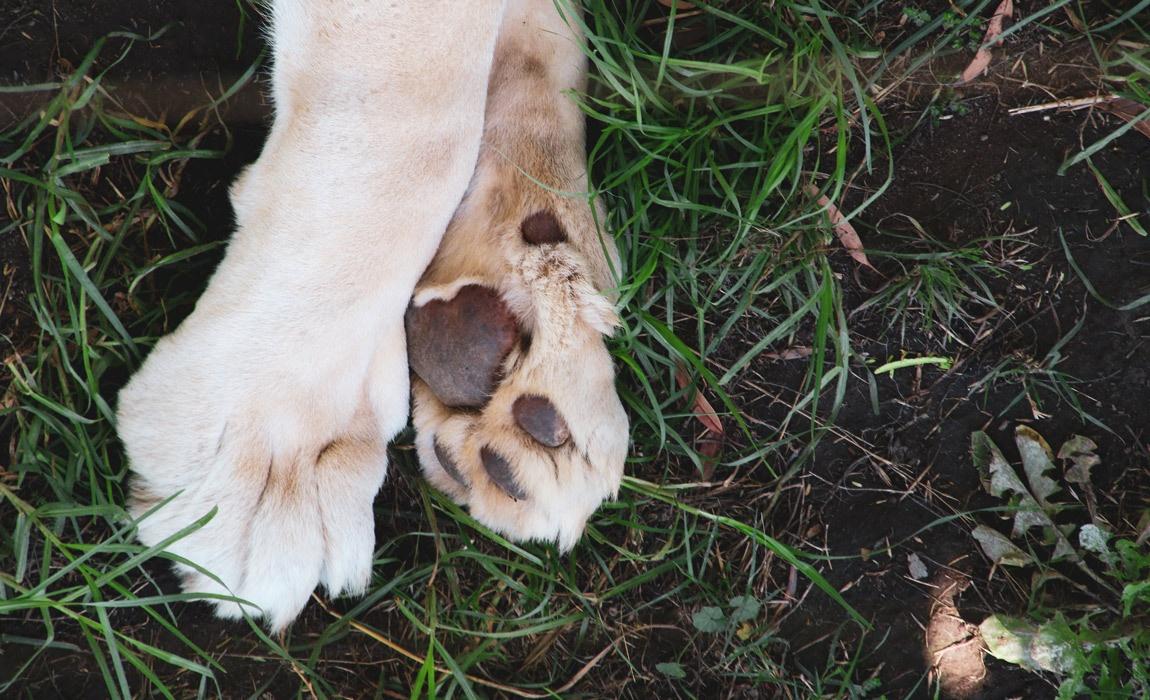Responsible dog ownership means protecting your companion from preventable injuries, especially during summer heat when asphalt temperatures can reach 150°F within minutes. It can be easy to overlook - as I did the other day taking Brunson out for a potty break on a road trip through Indiana. It was HOT ... he didn't seem to mind but I know I felt guilty so I did what I could by carrying him to the grass to help him out. That made me think though - what other things can we do to help protect man's best friend and keep their paws safe on hot days. The key is smart preparation and having quality gear to keep your dog comfortable during family hikes, weekend adventures with the guys, and daily neighborhood walks. Let's take a deeper look now.
What Men's Health Issues Concern You Most?
- Prevent painful paw burns that can sideline your dog for weeks and cost hundreds in veterinary bills
- Master gear selection and fitting techniques that ensure comfort during long hikes and family camping trips
- Build daily care routines that strengthen paw resilience for year-round outdoor adventures
- Recognize early warning signs of heat damage before emergency veterinary intervention becomes necessary
- Establish yourself as a confident, prepared pet owner who prioritizes prevention over reactive treatment
Different surfaces create varying heat challenges that affect your dog's comfort and safety during summer activities. Asphalt absorbs and retains heat more intensely than concrete, reaching temperatures 20-30 degrees higher on identical days. Dark asphalt can hit 150°F when air temperature reaches just 85°F, while concrete typically peaks around 120°F under the same conditions.
Natural surfaces provide varying levels of protection, depending on their composition and exposure to sunlight. Dirt trails and grass remain significantly cooler than paved surfaces, making them ideal for extended hiking and camping activities. However, rocky terrain and sandy beaches create different challenges - stones retain heat for hours after sunset, while beach sand can burn paw pads within seconds of contact during peak sun exposure.
Metal surfaces like dock walkways, boat ramps, and playground equipment become dangerously hot faster than any other material. Even brief contact can cause severe burns, making these surfaces completely off-limits during midday heat without protective gear.
Breed Differences and Heat Sensitivity
Different dog breeds require varying levels of protection based on paw pad thickness, body weight distribution, and genetic heat adaptations. Understanding your dog's specific vulnerabilities helps you choose appropriate protection methods.
- Large breeds (German Shepherds, Golden Retrievers, Labs): Exert more pressure per square inch on paw pads, increasing burn risk on moderately hot surfaces that wouldn't affect smaller dogs.
- Brachycephalic breeds (Bulldogs, Pugs, Boston Terriers): Face double challenges from compromised breathing and concentrated body weight that increases paw pressure during normal walking.
- Working breeds (Border Collies, Australian Cattle Dogs): Often have naturally tougher paw pads from historical outdoor work, but still require protection during extreme heat conditions.
- Arctic breeds (Huskies, Malamutes, Samoyeds): Possess minimal heat adaptation and are particularly vulnerable to paw injuries in summer climates despite their rugged appearance.
- Puppies and senior dogs: Require extra protection regardless of breed - young dogs lack full paw pad development while older dogs have decreased circulation and slower healing responses.
Five Ways to Keep Your Dog's Paws Safe and Comfortable on Hot Summer Days
Smart protection combines multiple approaches that adapt to different outdoor activities while maintaining your dog's comfort during family adventures and weekend activities. These proven methods work together to prevent burns and ensure your companion can enjoy summer activities safely.
Test Surface Temperature Before Every Walk
The five-second hand test provides accurate surface assessment because human skin sensitivity closely matches dog paw pad tolerance levels. Place your palm on the pavement for five seconds - if the surface feels uncomfortably hot, it will burn your dog's paw pads. This method works because both human palms and dog pads contain similar nerve density for heat detection.
According to American Kennel Club research, asphalt temperatures reach dangerous levels within 30 minutes of direct sunlight exposure, with 77°F air temperature creating 125°F pavement surfaces. Early morning and evening activities avoid peak heat, but weekend camping trips and hiking adventures require reliable protection regardless of timing.
Choose Quality Boots for Extended Outdoor Activities
Professional-grade dog boots provide comprehensive protection during hiking, camping, and active outdoor adventures. Proper selection requires accurate paw measurements, breathable materials, and secure attachment systems that withstand vigorous activity.
Measure each paw by placing it on paper and marking front and back edges, adding 1/4 inch for comfort. Ruffwear Grip Trex boots offer veterinary-endorsed protection with Vibram soles and breathable construction. Qumy boots provide budget-friendly alternatives with reflective straps for early morning activities.
Apply Protective Wax for Quick Outings
Paw wax creates temporary barriers when boots aren't practical or your dog won't tolerate them. Apply wax 15 minutes before outdoor exposure, massaging thoroughly into paw pads and between toes for complete coverage.
Musher's Secret contains food-grade ingredients safe if ingested during grooming. The beeswax formula withstands moisture during water activities, ideal for lake trips and river adventures. Reapply every 2-3 hours during extended outdoor activities.
Maintain Paw Health with Daily Inspection and Care
Regular maintenance prevents minor issues from becoming serious problems requiring veterinary intervention. Inspect paw pads daily for cuts, cracks, or foreign objects embedded between toes.
Clean your paws with warm water after outdoor activities to remove debris that can cause irritation. Dry thoroughly between toes where moisture creates bacterial growth conditions. Weekly nail trimming supports proper weight distribution and prevents overgrowth affecting natural padding.
Treat Heat Burns Immediately to Prevent Serious Injury
Immediate treatment for heat burns prevents tissue damage and reduces healing time. Cool burned pads with room temperature water for 10-15 minutes, avoiding ice that causes additional tissue damage.
Contact your veterinarian immediately for burns larger than a quarter or any burn penetrating the outer pad layer. Cover treated burns with clean, dry bandages and restrict activity until professional evaluation.
Paw Protection Goes Beyond Just Hot Summer Days
Summer paw protection extends beyond hot pavement awareness to include comprehensive preparation for diverse outdoor environments. Beach sand, hiking trail rocks, and camping ground surfaces create different challenges requiring specific approaches and advanced planning.
Gradually condition paw pads by increasing walking time on varied surfaces during spring months. This natural toughening process builds resilience without causing damage or discomfort. Stock essential supplies before peak season including quality boots, protective wax, first aid materials, and emergency contact information for local veterinary clinics near favorite outdoor destinations.
Consider your typical summer activities when selecting protection methods. Weekend camping trips require different gear than daily neighborhood walks, while beach vacations with the guys demand waterproof solutions that withstand sand and saltwater exposure. Start gear introduction early to ensure your dog adapts before demanding outdoor adventures begin.
Happy Paws Require Your Preparation and Diligence
Summer paw protection requires consistent application of proven prevention methods rather than reactive treatment after injuries occur. Surface temperature testing, quality protective gear, and daily paw maintenance create multiple layers of protection that keep your dog comfortable during the hottest conditions.
The combination of immediate surface assessment, appropriate protective equipment, and regular paw care prevents the painful burns that can sideline your companion for weeks. Whether you're planning weekend camping trips, daily neighborhood walks, or Missouri guys trips that include hiking adventures, these protection strategies ensure your dog can participate fully in summer activities.
Effective paw protection demonstrates responsible pet ownership, preserving your dog's long-term health and mobility. The small investment in quality boots, protective wax, and daily care routines pays significant dividends through years of confident outdoor exploration together, preventing costly veterinary treatments and ensuring your four-legged adventure partner remains ready for whatever summer activities you have planned.
Hey James Hills wants you to share this!

